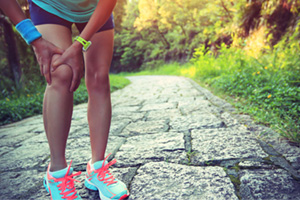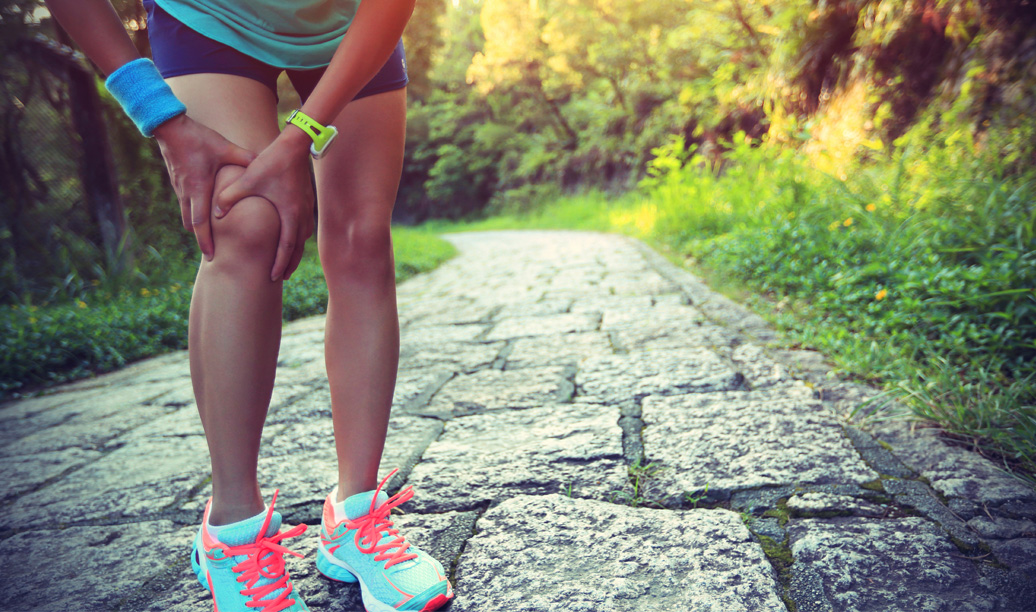
ITB Friction Syndrome (also known as runner’s knee) is a common overuse injury that involves pain being produced on the outside of the knee. It is usually associated with activities that involve repetitive bending and straightening of the knee, such as running and cycling.
The Iliotibial band is a thick band of fascia that runs from the top of the thigh and attaches into the kneecap and tibia (leg bone). As you bend and straighten the knee, the ITB passes over a bony prominence on the outside of the leg causing a friction irritation and thus pain and inflammation.
Potential causes of ITB Friction Syndrome
- Poor biomechanics – cycling/running technique
- Muscle weakness/imbalance – weak gluteals or quads
- Unsuitable footwear
- Change in training frequency/distance/surface
- Leg length discrepancy
- Poor foot biomechanics
Treatment
In order to treat ITBFS, rest from the aggravating activity is usually recommended, as well as ice over the outside of the knee to reduce inflammation. Often people are given stretches for the ITB or instructed to use a foam roller along the ITB to help restore its length. This, however, doesn’t stand to reason as the ITB does not actually shorten in length. Also, the tissue of the ITB does not respond to stretch. Releasing the adjacent muscle, the tensor fascia lata (TFL) and other muscles around the hip will likely have a greater effect in alleviating your symptoms. Subsequently improving muscular strength and control of the hip and knee is imperative in fixing ITBFS.
Treat the cause of the problem, not just the symptoms
It is also very important to address the biomechanical issues that may be causing the pain and irritation. At Capital Clinic Physiotherapy, we use running and cycling video assessment as a great tool to gather information on biomechanics and any muscle weaknesses or imbalances that may be occurring. In turn, a thorough and specific rehabilitation program can be designed to address any issues found and when resolved, a gradual return to the pre-injury frequency and intensity of the activity may occur.

